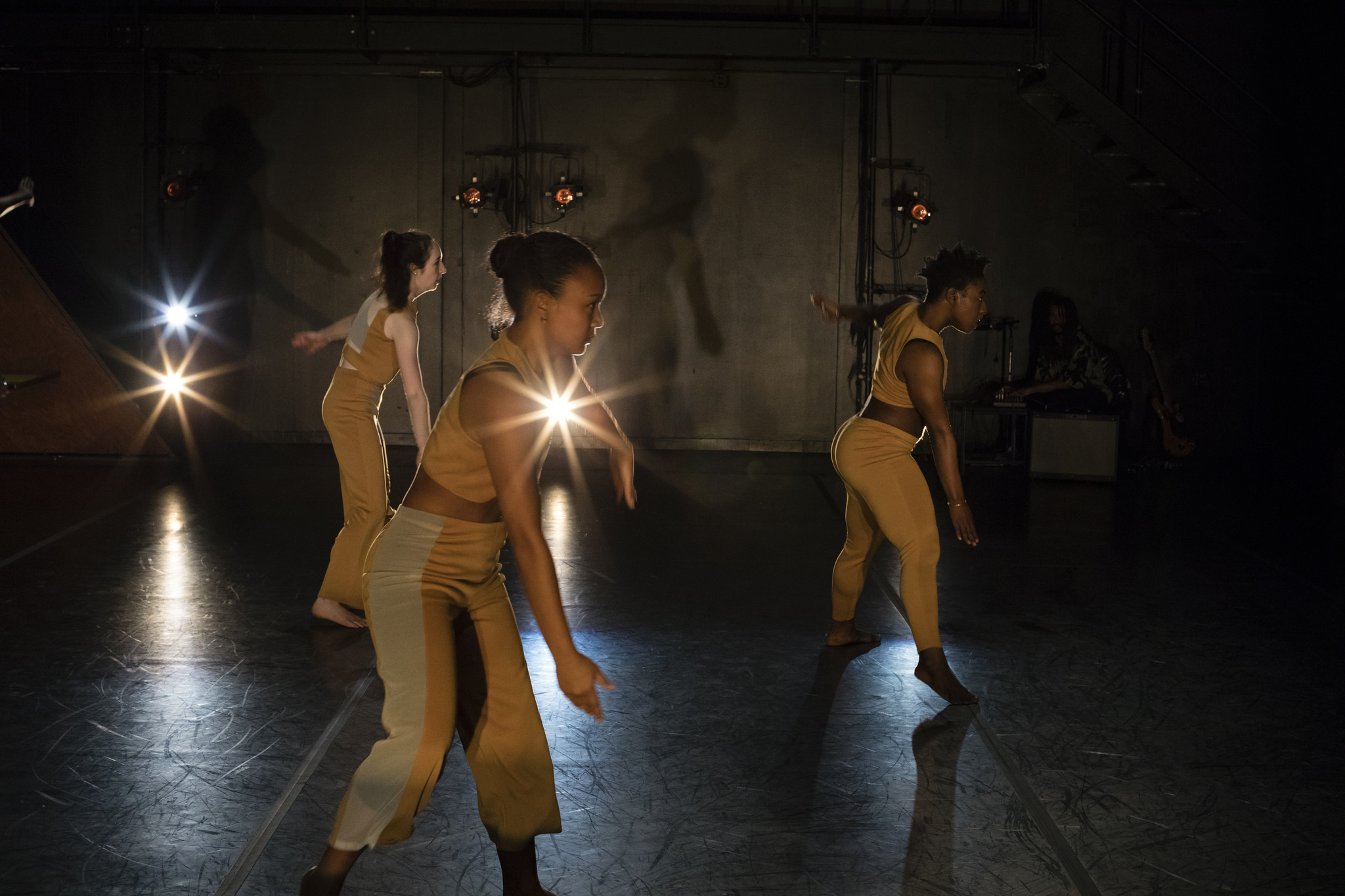

All the world is a stage, and identity is a performance. Each instance of our lives is a dynamic reaction between our personal microcosms and macrocosms, which manufactures memories, histories and our perceptions of ourselves and others. The tradition of the American stage has been, in theory, defined by free agency and personal choice. America tells us that we decide what personas we want to perform, that we get to decide how we relate to individuals and society. Our identities are an improvisational piece largely perpetuated by our desire, personal choice and commitment. But that is not how performance of identity on the American stage is practiced, most acutely and painfully for America’s minority and marginalized groups. America is a white space, a stage on which black and other minority people must perform not as their individual selves but to the expectations that white society holds to qualify their worthiness.
In her senior dance thesis, “The Invisibility of Identity,” Lauren Horn uses visual performance to emphasize and discuss how we perform our identities in our day-to-day lives. Horn’s combinations of our more traditional conceptions of dance, movement, spoken word and interview overtures culminated in a simultaneously cerebral and visceral account of the experience of having these identities. It feels like a moving diary entry, intimate, vulnerable and honest with an assertive strength. Horn, through her performance, manages to create a safe space in which weighty topics can be discussed without sacrificing any of the seriousness and depth these topics demand. The performance compels the audience to stay and face the difference between black and white in our society and the effect of white spaces on black individuals.
Horn initially engaged her audience with a series of poses or sequences of movements framed with illuminated rods, each paired with a question or a story that provoked contemplation in the audiences. What made this a particularly potent, devastating and enlightening dialogue about the difference of racial experience in America and intersectionality of identity was the use of language and movement together, in one space. The language brought a more specific context to the movements, while the movements themselves illustrated the language beautifully, endowing each word with its full emotional impact. We rely on words for their specificity. They provide context that in certain situations is otherwise unattainble. But there are certain emotions, certain states of being human, that cannot be defined outside the language of the body. Both, in this instance, come together so that the audience may understand the struggle.
The performance then diverged into sequences of dances and segments of movement accompanied with recited text messages. In the moments suspended between text messages were throbbing movements that swelled in intensity and agitation. Their only accompaniment was the sound of footfall and heavy breathing. These symbolized not only the effort needed to perform such complicated and skillful sequences, but also the heavy toll of the struggle to meet society’s expectations and resist the encroaching feeling of hopelessness in the face of such powerful and stubborn cultural forces.
Each text message had a vague sense of familiarity, of generality. They were messages many could have imagined authoring at least in part, performed with a convicted superficiality one feels is bloated with frustration, anger and even hollowness. The moments of music-less dance that strung these messages together emphasized this point with its rawness, its emotional fluidity and its cry to be heard unadulterated. In this, the words performed and the bodies that performed them are completely at odds. By posing words and bodily experience as opposites, the show conveys that the identity performed to the world through text messages is incongruent and removed from the experience of the self. The body is rendered in struggle, revolting against this performance that is so disharmonious with internal experience. In this juxtaposition, we see the pain that is inflicted in one who must fulfill a societal expectation instead of fulfilling themselves, who must become rather than be.
Society dictates for minorities who they should become. At times, it demands them to be cut into parts, to disassemble and compartmentalize themselves so that they can’t ever experience their full identity all at once. This idea was invoked as dancers placed their heads, hands and feet — the only portions of their bodies uncovered by business attire — into pools of light. Here, small, exposed parts of their bodies were emphasized over the attire associated with expectation and conformity to a white ideal. In one way, it said that no matter how much they perform and try to fit into the dominant white spaces of our society, society viciously refuses to recognize them by anything but their skin tone.
The performance closed with an examination of the intersectionality of being black and being gay, performed by Marvin Bell ’19E and Matthew Holliday ’19. Interviews with both were conducted, recorded and then played as the two performed. The final dance, featuring both of them, exhibited a zeal that was a little too happy and energized to inspire the audience with a genuine sense of happiness and joy. Then, a sudden blackout and the solitary sound of a rattling chain-link fence followed. Perhaps that rapid shift from the loud, energized music and dance to the minimalist, solitary and hollow sound of the rattling fence suggests the discrepancy between the performed contentment expected of society and the empty pain that lurks behind the performance. The stage, steeped in black, reverberating this melancholic chime, spoke of a deep pain and trauma that society doesn’t give the chance to surface, breathe or heal on the bodies of our most marginalized people.